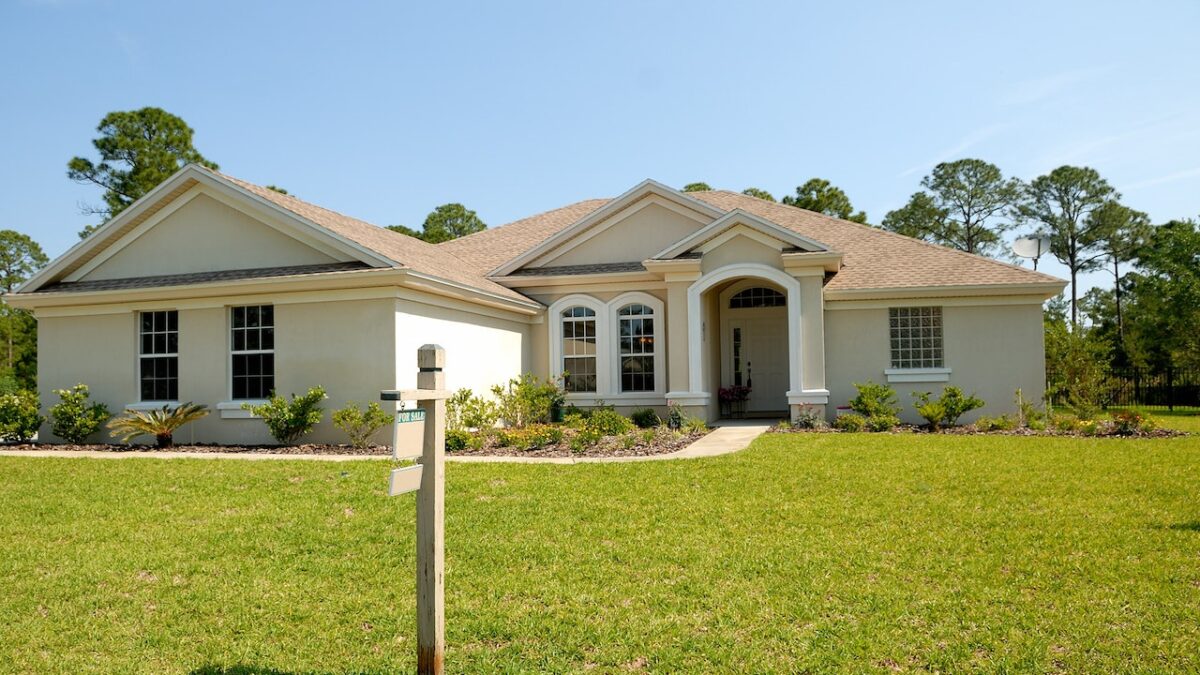When it comes to property investments, it’s vital to ensure that your assets are protected. In New South Wales (NSW), one of the essential tools in a landlord’s arsenal is landlord insurance. But what exactly does this type of insurance cover? How does it differ from regular home insurance? Let’s dive into the details.
Understanding Landlord Insurance
Landlord insurance is a specialised form of coverage designed specifically for property owners who rent out their premises to tenants. While regular home insurance might cover the physical structure and some of the contents within, landlord insurance goes a step further to protect against risks associated with having tenants.
Key Components of Landlord Insurance in NSW
- Property Damage: This is a standard inclusion, ensuring that the property itself is covered against potential damage. This can range from natural disasters such as bushfires, floods, or storms to damages caused by tenants or their guests.
- Theft or Vandalism: While no landlord likes to think their tenants might steal from them or deliberately damage their property, it’s a possibility. This aspect of the policy ensures compensation in the event of theft or intentional destruction by a tenant or their guests.
- Loss of Rental Income: If an insured event (like a flood or fire) makes your property uninhabitable, resulting in a loss of rental income, this component can cover the shortfall for a specified period. Similarly, if a tenant breaks their lease or is legally evicted and you lose rent, the policy might compensate for that lost income.
- Legal Liability: If a tenant or their guest is injured on the property and it’s deemed to be the landlord’s fault due to negligence or lack of maintenance, the legal liability component can cover legal fees and any potential settlements.
- Landlord Contents: If the property is partially or fully furnished, the contents owned by the landlord (e.g., appliances, furniture) might be covered against damage or theft.
Optional Extras
Some insurance providers may offer additional cover options that landlords can add to their basic policy. These might include:
- Rent Default: This covers situations where a tenant stops paying rent. Given the potential financial stress of such scenarios, many landlords consider this a crucial addition.
- Tax Audit: If the Australian Taxation Office audits your property-related tax returns, this cover can help with the associated accounting and legal costs.
- Landlord Workers’ Compensation: If you employ someone to work on the property (e.g., a gardener or cleaner), this can cover them if they get injured while working.
Need a professional opinion? Get in touch with Prudential Macquarie Fields.
Things to Note
- Policy Exclusions: As with all insurance policies, it’s crucial to understand what is not covered. There might be specific events or circumstances where the policy won’t pay out, so always read the Product Disclosure Statement (PDS) closely.
- Excess Payment: If you make a claim, you’ll usually need to pay an excess, which is a set amount towards the cost of a claim.
- Policy Limits: There will be a cap on how much the insurer will pay for any single claim, so be sure your coverage is adequate for the value of your property and its contents.
Conclusion
Owning a rental property in NSW can be a lucrative venture, but it’s not without its risks. Landlord insurance provides a safety net, protecting property owners from financial losses associated with property damage, tenant-related incidents, and other unforeseen challenges. By understanding what’s covered under such a policy, landlords can ensure they’re adequately protected, letting them rest a bit easier at night.


